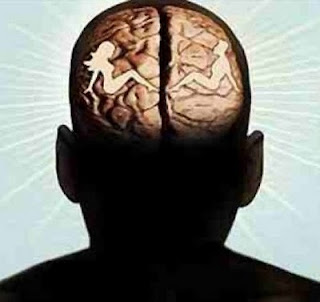Remote control neurons

Clever, elegant and extremely powerful – techniques to activate specific sets of neurons with light have the potential to revolutionise cellular and systems neuroscience. Optogenetics has already been used to address a number of questions which have been resistant to answer by other techniques, and also holds great promise for neurotherapeutics and prosthetics. A new paper adds another approach to the toolkit – the ability to activate neurons with a radio frequency magnetic field. While very much a proof of principle, with a ways to go before it proves its worth, this approach offers some obvious advantages over optogenetics, most obviously that magnetic fields pass into brains much more readily than light. When trying to figure out what different brain circuits do, one of the most obvious experimental approaches is to ask: what happens if I make these neurons fire? Neuroscientists have traditionally used electrodes to activate neurons in the brain or in slices of brain tiss...
